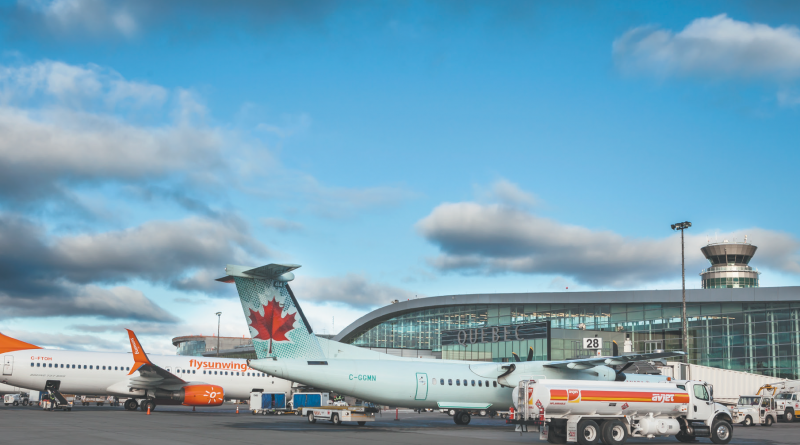Low fuel price will remain for many years
When Air Canada reported its financial results for the third quarter of 2018, profits were affected by the 40% increase in the price of Jet A over the last 12 months, but the trend has since been reversed. According to the IATA Jet A index on 23 November, the barrel sold for an average of US $ 79.23, barely 2.8% more than a year ago but down 15.6% compared to October.
To understand what is happening with the price of oil, we must first look to the side of Saudi Arabia had increased production in 2014 to flood the market; its goal was to push the price of a barrel below the cost of producing American shale oil wells. While this strategy has bankrupted a large number of producers, those who survived were forced to adapt to survive. New production methods have been developed so that presently, shale oil producers can be profitable even if the price per barrel goes down to $ 30.
For a number of years now, limited pipeline capacity has been an obstacle to increasing US oil production. Yet in August 2018, US production exceeded 11 million barrels a day for the first time. This is due to the development of an additive that reduces the friction of crude oil in the pipelines, increasing the transport capacity of existing facilities. The price being good, producers also used the railways to get more oil to the refineries.
By the end of 2019, new pipelines will be commissioned in the US adding an additional capacity of 2M barrels per day. Then in 2020, new crude oil transportation infrastructure will increase capacity by 1 M barrels per day. Several hydraulic fracking wells are already drilled and are waiting for the opening of new pipelines to begin production. This increase of 3 million barrels per day spread over two years is roughly equivalent to the UAE’s total output of 3.2 million barrels per day.
At their next meeting in early December, OPEC member countries will have to be cautious before deciding to cut production, as this would allow American shale oil to capture a larger share of the market. Neither can they increase production, which would lead to a fall in prices affecting their own profitability.
With a production of 11.1 M barrels per day, the United States is now the second largest oil producer behind Saudi Arabia at 11.75 M barrels per day, but ahead of Russia at 10.4 M. It is only a matter of a few months before the United States becomes the largest oil producer and is the most important player in the price of oil. With the commissioning of the new pipelines over the next two years, US oil production is expected to reach a new high and push prices further down. The lowest price for gasoline in the US is expected in September and October 2020, just in time for the presidential elections. In the meantime, airlines can continue to make good profits.
>>> Follow us on Facebook and Twitter

